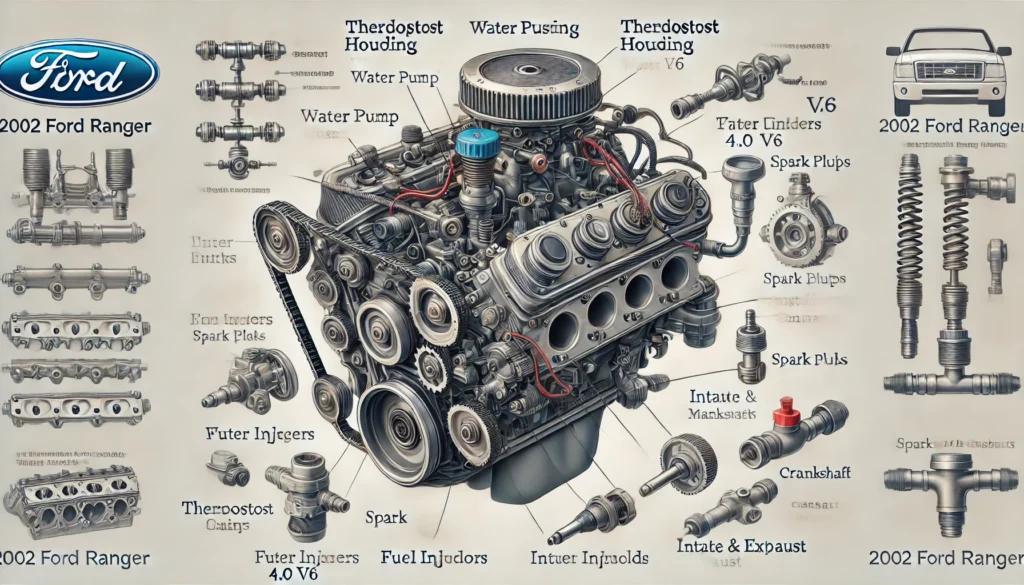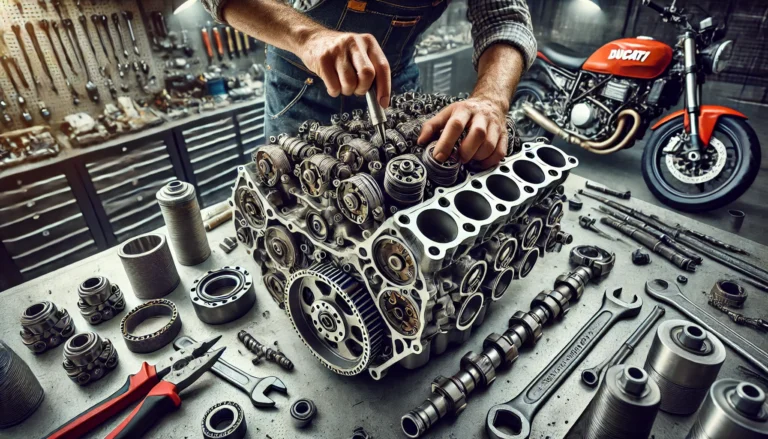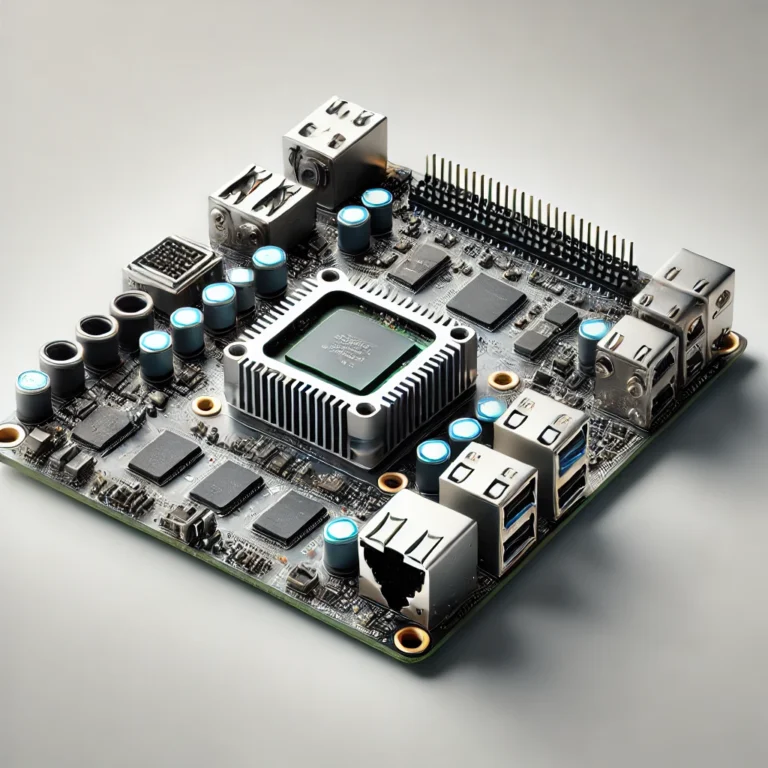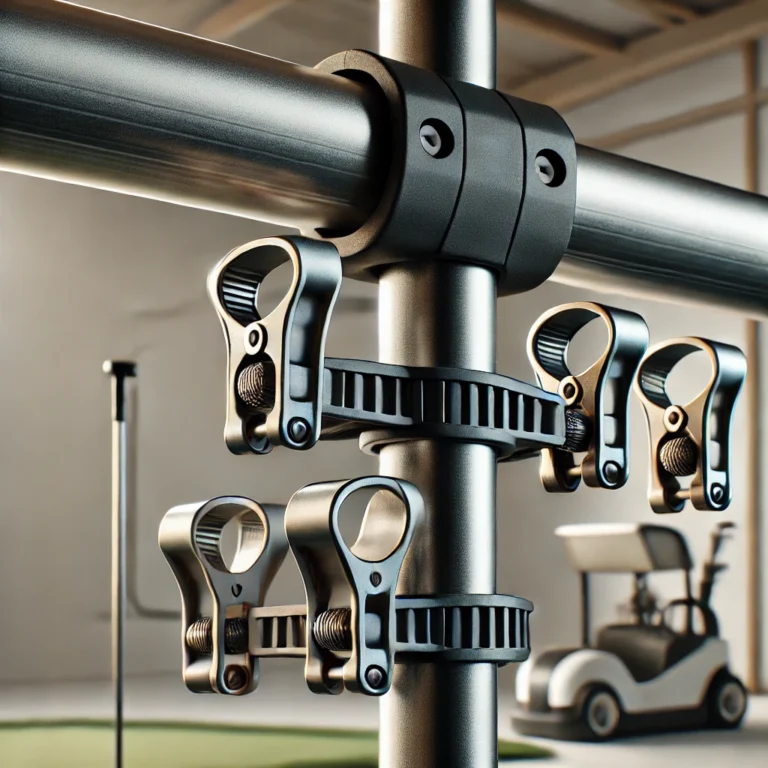
The 2002 Ford Ranger is a durable and popular pickup truck known for its reliable performance, particularly with the 4.0-liter V6 engine. For owners and mechanics alike, understanding the parts and their placement within this engine, as well as the thermostat housing, can be essential for maintenance, repairs, and troubleshooting. This guide covers the engine parts diagram, the layout of the thermostat housing, common problems, maintenance advice, and tips for improving the lifespan of these components.
Overview of the 2002 Ford Ranger 4.0 Engine
The 2002 Ford Ranger’s 4.0-liter V6 engine, known for its power and efficiency, is designed for optimal performance. This engine is a single overhead cam (SOHC) type, meaning that each cylinder head has one camshaft controlling the intake and exhaust valves, which allows better performance and fuel economy compared to older V6 engines. The 4.0 V6 offers around 207 horsepower and 238 lb-ft of torque, making it capable of handling various loads and off-road conditions. Understanding the parts of this engine is crucial for anyone looking to maintain its performance and longevity.
Key Parts in the 2002 Ford Ranger 4.0 Engine Diagram
The following sections outline the key components within the 2002 Ford Ranger 4.0 engine, their function, and any relevant maintenance tips to keep them running smoothly.
- Cylinder Block: The cylinder block forms the core of the engine, containing cylinders where fuel is ignited to create power. Each cylinder has a piston that moves up and down, converting fuel energy into mechanical energy. Over time, the cylinder walls can wear out, requiring regular inspection and maintenance to keep the engine running optimally.
- Cylinder Heads and Valves: Each cylinder head has intake and exhaust valves that control the flow of air and fuel into the cylinder and release exhaust gases. These parts are crucial for efficient combustion and engine performance. Leaks in the cylinder heads can cause a decrease in performance, and worn valves can lead to poor fuel economy.
- Intake and Exhaust Manifolds: The intake manifold distributes air to the cylinders, while the exhaust manifold collects exhaust gases and directs them to the exhaust system. Blockages in these manifolds can lead to decreased power and increased fuel consumption. Regular cleaning or replacement may be necessary to maintain performance.
- Timing Chain and Belt: The timing chain keeps the crankshaft and camshaft in sync, which is essential for the engine to operate correctly. The timing belt or chain should be checked regularly for wear, as a broken chain can lead to engine failure.
- Crankshaft and Camshaft: The crankshaft converts the up-and-down motion of the pistons into rotational force, while the camshaft controls the opening and closing of the valves. These components must be aligned correctly, and any misalignment or wear can reduce engine performance and may cause severe mechanical issues.
- Fuel Injectors and Fuel Rail: The fuel injectors deliver fuel to each cylinder, while the fuel rail supplies fuel to the injectors. Clogged injectors can lead to poor engine performance and reduced fuel economy, so regular cleaning and inspection are recommended.
- Water Pump: The water pump circulates coolant throughout the engine to prevent overheating. Failure of the water pump can lead to overheating, which may cause significant engine damage.
- Spark Plugs and Ignition Coils: Spark plugs ignite the air-fuel mixture in the cylinders, while ignition coils generate the necessary voltage. Worn spark plugs and faulty ignition coils can lead to misfires and rough engine performance.
Thermostat Housing in the 2002 Ford Ranger
The thermostat housing in the 2002 Ford Ranger 4.0 engine is located near the front of the engine and is connected to the upper radiator hose. The thermostat itself regulates the flow of coolant between the engine and the radiator, ensuring that the engine stays within the optimal temperature range. The housing holds the thermostat in place and provides a seal between the thermostat and the engine block.
The thermostat housing typically contains gaskets to prevent coolant leaks. Over time, these gaskets can deteriorate, leading to coolant leaks. Cracks in the housing can also develop, especially if the engine has been subjected to excessive heat. When replacing the thermostat housing, it’s essential to inspect the gaskets and replace them if necessary.
Thermostat Housing Diagram and Parts
The thermostat housing assembly includes several components:
- Thermostat: The thermostat opens and closes to regulate the flow of coolant. When the engine is cold, it remains closed to allow the engine to warm up faster. Once the engine reaches the optimal temperature, it opens to allow coolant to flow to the radiator.
- Gaskets and Seals: These components create a tight seal between the thermostat housing and the engine, preventing leaks. Gaskets are typically made from rubber or other heat-resistant materials. Over time, they can crack and need replacement.
- Mounting Bolts: The thermostat housing is held in place by bolts that secure it to the engine. When replacing the thermostat or housing, it’s important to ensure that these bolts are properly tightened to avoid leaks.
Replacing the Thermostat Housing
Replacing the thermostat housing in a 2002 Ford Ranger 4.0 engine can be done with a few tools and some basic knowledge of engine components. Here’s a step-by-step guide:
- Drain the Coolant: Start by draining the coolant from the radiator to prevent spillage when removing the thermostat housing.
- Remove the Housing: Locate the thermostat housing at the front of the engine and remove the bolts securing it. Carefully take out the housing and thermostat.
- Inspect the Housing and Thermostat: Check for cracks in the housing and wear in the thermostat. If there are any signs of damage, replace the housing and thermostat.
- Install the New Thermostat and Housing: Place the new thermostat and gasket in the housing and bolt it back into place. Ensure that it is securely fastened to prevent leaks.
- Refill the Coolant: Refill the coolant to the appropriate level and start the engine to check for leaks.
Common Problems and Troubleshooting
- Overheating: Overheating is often caused by a faulty thermostat, water pump, or radiator. If the thermostat housing is cracked or if the thermostat fails to open, the engine may overheat.
- Coolant Leaks: Coolant leaks around the thermostat housing are often due to worn gaskets or cracks in the housing. These should be replaced to prevent further leaks and maintain proper coolant levels.
- Engine Misfires: Misfires can be caused by issues with spark plugs, ignition coils, or fuel injectors. Regular maintenance of these components is essential for smooth engine performance.
- Poor Fuel Economy: Clogged fuel injectors or worn spark plugs can lead to inefficient fuel combustion, causing poor fuel economy. Cleaning the fuel injectors and replacing spark plugs can improve efficiency.
Maintenance Tips for the 2002 Ford Ranger 4.0 Engine and Thermostat
To keep the 2002 Ford Ranger 4.0 engine in top condition, regular maintenance is essential. Here are some tips:
- Routine Engine Checks: Regularly inspect the engine components for signs of wear or damage. Pay attention to the timing chain, water pump, and fuel injectors, as these can significantly impact engine performance.
- Inspect and Replace Gaskets: Gaskets in the thermostat housing and other engine parts should be inspected regularly. Replacing worn gaskets can prevent leaks and improve overall engine performance.
- Use Quality Coolant: Always use high-quality coolant to prevent corrosion in the engine and thermostat housing. Low-quality or old coolant can lead to rust and damage to the cooling system.
- Check Engine Codes: Using an OBD-II scanner can help you identify potential issues with the engine before they become major problems. This is especially helpful for diagnosing issues with the thermostat and other components.
- Follow a Maintenance Schedule: Consult your owner’s manual for a recommended maintenance schedule and adhere to it. This will ensure that your 4.0 engine remains in optimal condition.
Conclusion
The 2002 Ford Ranger 4.0 engine is a reliable powerhouse, but it requires regular care and maintenance. By understanding the layout and function of key engine parts, including the thermostat housing, you can address potential issues before they lead to significant repairs. Using diagrams and following a regular maintenance schedule can help keep this engine running smoothly for years to come. Whether you’re a seasoned mechanic or a new truck owner, this guide provides the essential information needed to maintain the 2002 Ford Ranger 4.0 engine and thermostat housing effectively.




